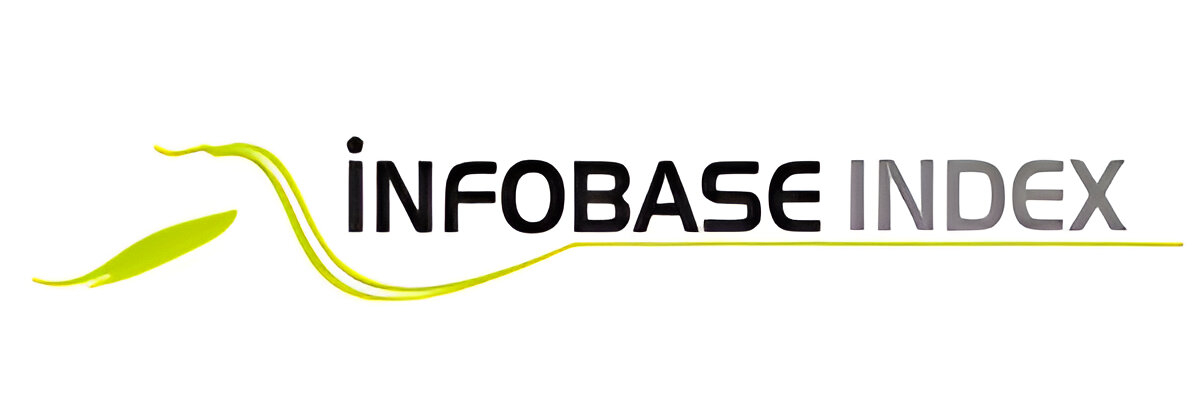A STUDY OF PREPARATORY TILLAGE AND NUTRIENT MANAGEMENT ON BARLEY YIELD AND ECONOMIC VIABILITY UNDER WATER STRESS CONDITIONS
Keywords:
Preparatory Tillage, Barley Yield, Nutrient Management, Water Stress Conditions, Economic Viability.Abstract
In the exploration region, gangatic alluvial soil had a pH of 7.6, indicating a light surface and moderate
maturity. As part of preliminary culturing, the three concentrate medications cross-furrow with a cultivator. T1
involved one circle harrow wrinkling and one cultivator cross-wrinkling, while T3 involved one plate harrow
wrinkling and one rotavator pass. The preliminary also identified three distinct ways to manage supplement
leaders: N1, which applied substance fertilizers at 100% of the Recommended Dose of Fertilizers (RDF) — 120
kg of N, 40 kg of P2O5, and 40 kg of K2O; N2, which applied compound fertilizers at 75% of the RDF despite
25% of Ranch Yard Compost (FYM); and N3, which applied engineered fertilizers at 50% of the RDF despite
50% of FYM. The two-year experiment showed that planting grain crops in plots with one circle harrow wrinkle
and one rotavator pass yielded the most outrageous characteristics across advancement factors, yield credits
(grain yield q ha-1, straw yield q ha-1, regular yield q/ha, and procure list), net return, gross return, and grain
benefit-to-cost extent, as well as applying half RDF through substance fertilizers with half FY. This was consistent
throughout two years. The most notable results were from planned culture, which required 100% RDF by
furrowing a single cross using synthetic fertilizers and a cultivator. The farming college in Udaipur, Rajasthan,
hosted this field study during the rabi season in 2021–2022 and 2022–2023.











